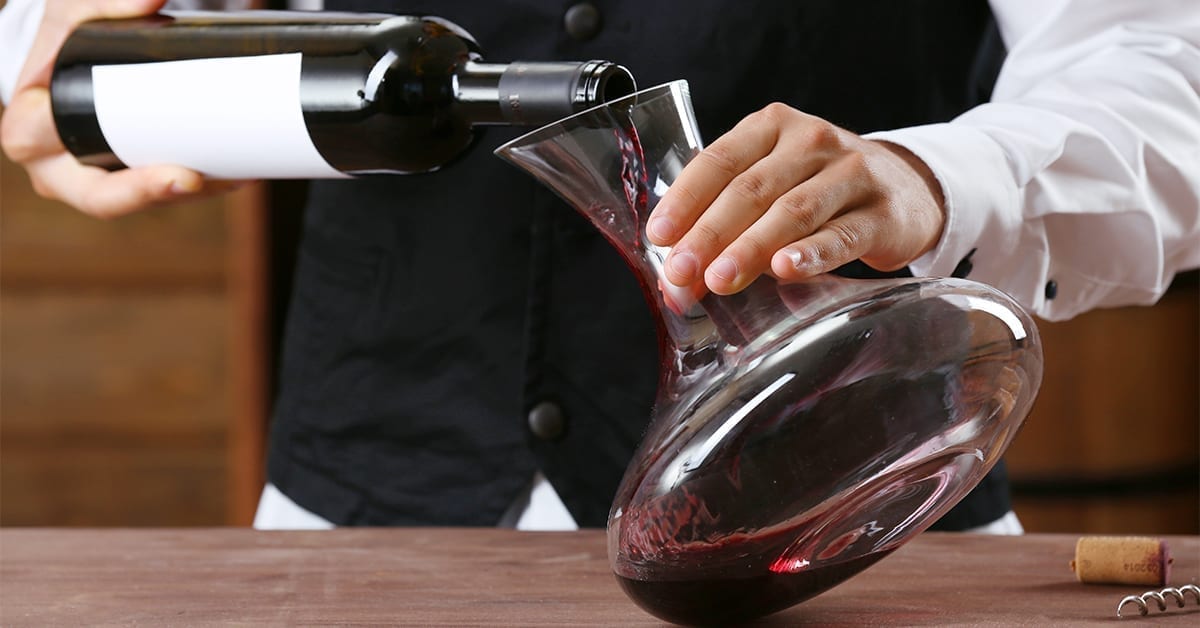Aerating and decanting are two essential processes in the world of wine that enhance the overall drinking experience by allowing the wine to breathe and develop its full potential.
Aerating refers to the act of exposing the wine to air, usually by swirling it in the glass or using a dedicated aerator device. This process allows the wine to interact with oxygen, which in turn helps to soften its flavors and release its aromatic compounds.
Decantinginvolves transferring the wine from its original bottle to a decanter, a vessel with a wide base and a long neck. The main purpose of decanting is to separate the wine from any sediment that may have formed over time, especially in older wines. Sediment consists of solid particles, such as grape skins or tannins, that precipitate as a wine ages. By gently pouring the wine into a decanter, leaving the sediment behind, the drinker ensures a clear and visually appealing presentation.
Both aerating and decanting play significant roles in enhancing the enjoyment of wine. Aerating primarily focuses on exposing the wine to air to promote oxidation and allow the flavors and aromas to flourish. Decanting, on the other hand, is primarily used to separate the wine from sediment and can also provide some aeration benefits.
By employing these techniques appropriately, wine enthusiasts can elevate their drinking experience, unlocking the full potential of the wine and savoring its complex and captivating characteristics.
Credit:
Image – https://cranville-wine-racks.co.uk/blog/how-to-decant-wine/
Subscribe to our newsletter






